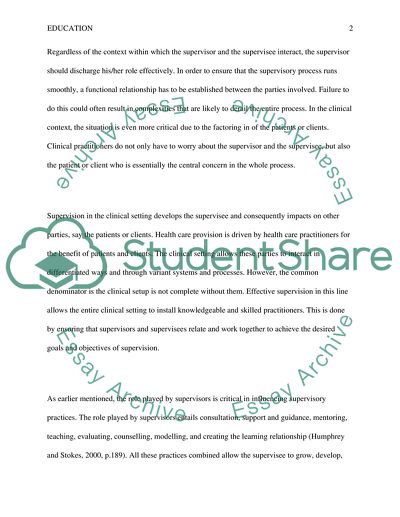Cite this document
(“The Developmental Process of Clinical Supervisors Essay”, n.d.)
The Developmental Process of Clinical Supervisors Essay. Retrieved from https://studentshare.org/health-sciences-medicine/1612295-a-case-study-of-supervision
The Developmental Process of Clinical Supervisors Essay. Retrieved from https://studentshare.org/health-sciences-medicine/1612295-a-case-study-of-supervision
(The Developmental Process of Clinical Supervisors Essay)
The Developmental Process of Clinical Supervisors Essay. https://studentshare.org/health-sciences-medicine/1612295-a-case-study-of-supervision.
The Developmental Process of Clinical Supervisors Essay. https://studentshare.org/health-sciences-medicine/1612295-a-case-study-of-supervision.
“The Developmental Process of Clinical Supervisors Essay”, n.d. https://studentshare.org/health-sciences-medicine/1612295-a-case-study-of-supervision.


